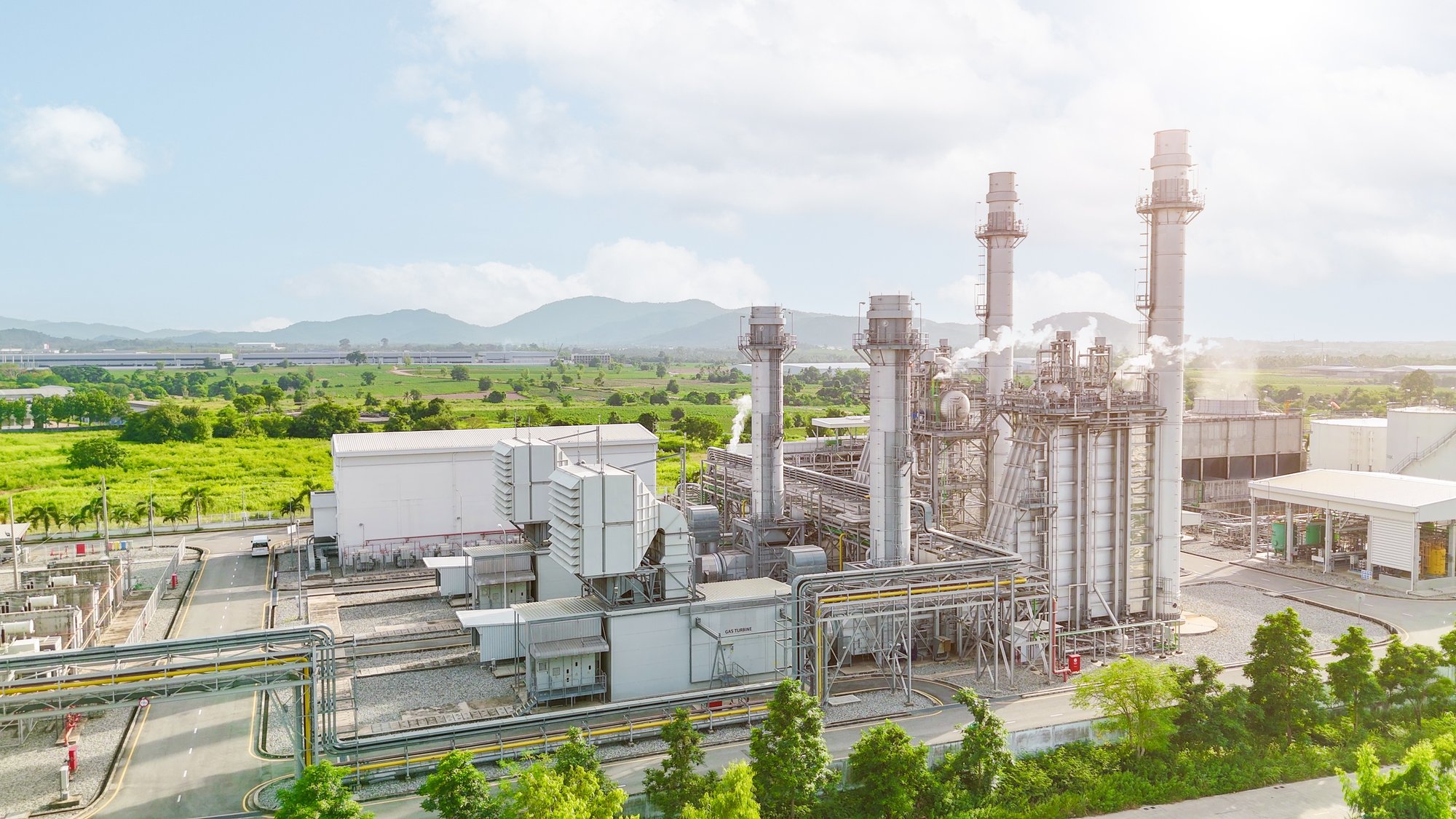
The traditional power grid, with its centralized generation and radial distribution model, is struggling to keep up with the evolving energy landscape. As demand patterns shift and renewable energy sources become more prevalent, the hub-and-spoke design of the legacy grid is creating bottlenecks, leading to grid congestion, power delivery issues, and inefficiencies.
The Limitations of Centralized Combustion Turbine Power Plants
At the heart of this challenge lies the centralized combustion turbine (CT) power plant. While these large-scale generators were once the backbone of the grid, their ability to efficiently meet the dynamic needs of today's energy consumers is increasingly limited. The unidirectional power flow from these centralized sources often fails to push enough electricity through the low-voltage distribution lines, resulting in delivery constraints and wasted capacity during off-peak periods. The U.S. Energy Information Administration (EIA) estimates that annual electricity transmission and distribution (T&D) losses averaged about 5% of the electricity transmitted and distributed in the United States.
The Inefficiencies of the Radial Grid Design
Moreover, the radial design of the grid exacerbates these inefficiencies. As power lines reach their rated capacity (ampacity) and electricity is forced to travel through less efficient lower-voltage lines, power plants must burn more fuel and generate excess kilowatt-hours to compensate for losses, contributing to higher costs and increased carbon emissions.
The Rise of Distributed Energy Resources
Fortunately, a solution is emerging through strategically placed decentralized power generation and storage assets. By integrating these distributed energy resources (DERs) into buildings, we can transform the built environment into an integral part of the energy ecosystem, alleviating stress on the grid and unlocking new opportunities for sustainability and profitability. DERs include a variety of small-scale electricity generation and storage devices, such as solar panels, wind turbines, battery energy storage systems, fuel cells, and microturbines, generally located near the sites of electricity use.
The Benefits of Distributed Capacity Procurement
For instance, a Distributed Capacity Procurement (DCP) program offers utilities an opportunity to deploy DERs at scale and strategically located at the end of radial distribution spokes, efficiently serving both downstream and upstream grid needs. By reducing demand on these spokes, DERs alleviate stress on the entire upstream infrastructure, from transformers to transmission lines, ultimately reducing the need for excess generation and associated losses. According to a report by the National Renewable Energy Laboratory (NREL), DERs can significantly minimize transmission and distribution needs, while enhancing overall grid efficiency.
Furthermore, DERs deployed in load pockets to meet peak demand, increasing power flow for charging during low-demand periods and discharging stored energy during peak times. This not only makes existing distribution infrastructure more efficient but also enables the integration of large energy consumers, such as data centers and manufacturing buildings, into the grid more sustainable.
The Environmental and Economic Benefits of DCP
The benefits of this decentralized approach extend beyond grid efficiency. By charging batteries during off-peak hours when power is less expensive and carbon-intensive, DCP can lower charging costs and reduce the carbon footprint of the energy consumed. A study by the Yale Environment Review highlights that DERs can provide economic and social benefits by reducing overall energy costs and improving air quality through reduced greenhouse gas emissions [5].
Sparkfund: Embracing the Future of Energy with DCP
At Sparkfund, we are at the forefront of this energy transition, partnering with utilities, energy brands, and commercial real estate owners to transform buildings into sustainable and profitable assets. As the energy transition marches forward and generative A.I. transforms energy needs, the role of buildings as active participants in the grid becomes increasingly crucial. By embracing this paradigm shift and leveraging the power of DERs, we can create a more resilient, efficient, and cost-effective energy system that unlocks the value of the grid. A study by ScienceDirect highlights that integrating DERs can enhance grid reliability and resilience by providing local generation and load-modifying capabilities, helping to avoid new generation investments and reduce peak loads [7].
Submit the form below to learn how you can join us on this journey towards an energy future in which buildings are no longer passive consumers but active contributors to a more dynamic and responsive grid.
Ready to Revolutionize the Grid? Contact Our Team Today to Get Started!